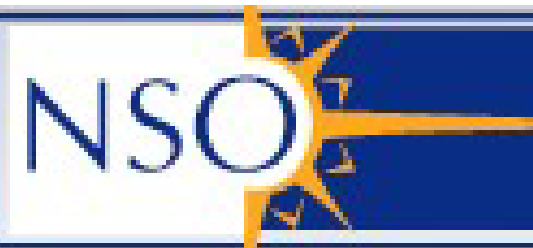Poster Abstracts
Name/Affiliation: Jennifer Winters (RECONS & Georgia State University)
Title:
Our Southern Neighbors: Distances to 1800 Nearby Red Dwarfs
Abstract:
The nearest stars are key targets for stellar astrophysical studies, provide the foundation for the primary rung in the cosmic distance ladder, and are the ideal locations to search for planets and life beyond our Solar System. As a population, these stars are crucial to our understanding of the stellar luminosity and mass functions in the Milky Way and beyond, and provide context for our Sun's place in the Cosmos. Here we present trigonometric, photometric, and photographic distances to 1758 southern (DEC < 0 degrees) red dwarf systems with proper motions greater than 0.18"/yr. Of these, 1409 are believed to lie within 25 parsecs of the Sun and therefore comprise the fundamental list of southern stars to investigate for a variety of astronomical efforts. The stars have V = 6.67-21.38 and 3.50 < (V-K) < 9.27, covering the entire M dwarf spectral sequence from M0.0V through M9.5V. Roughly one-third of the 1758 systems, each of which has a red dwarf primary, have high quality parallaxes that we have culled from the literature, including 179 from the RECONS (www.recons.org) astrometry program (with several hundred more soon to be published). For the remaining systems, we offer photometric distance estimates that have well-calibrated errors. The bulk of these (~700) are based on new VRI photometry acquired at the CTIO/SMARTS 0.9m telescope, while the remaining stars (~500) have photographic plate distances estimated using SuperCOSMOS BRI photometry. For both distance estimating techniques, the optical data are combined with JHK data from 2MASS to provide distances reliable to 15% (VRIJHK) and/or 26% (BRIJHK). This effort has been supported by the NSF through grants AST-0908402 and AST-1109445, and via observations made possible by the SMARTS Consortium.




